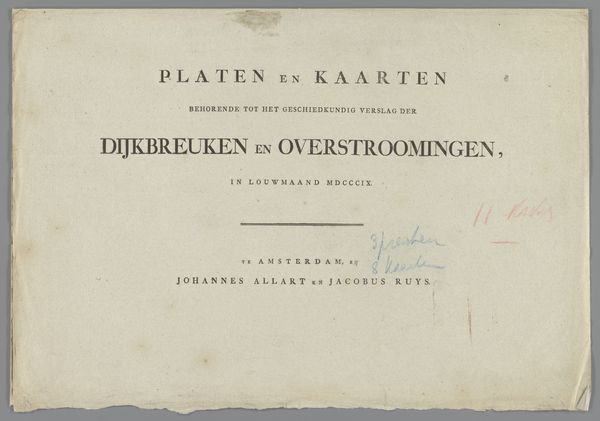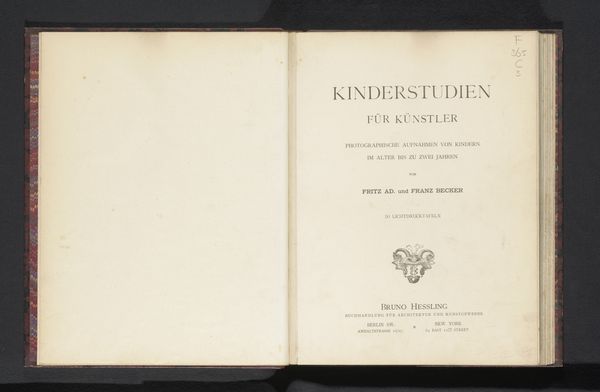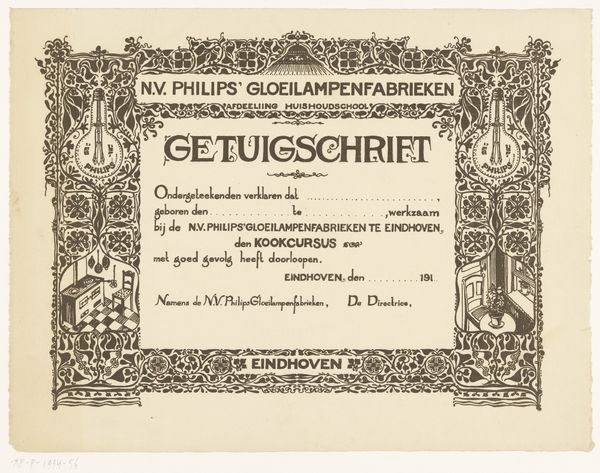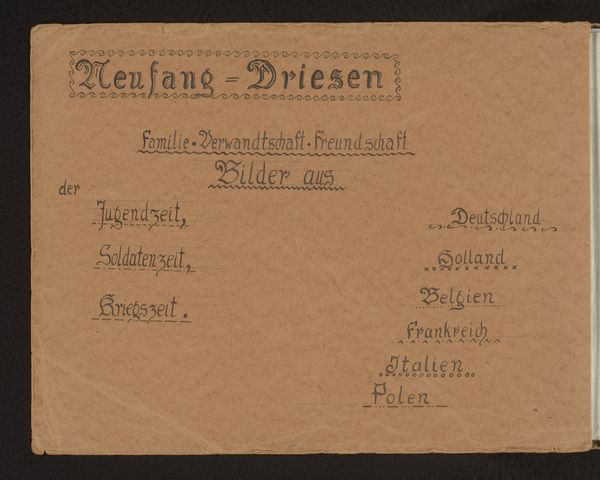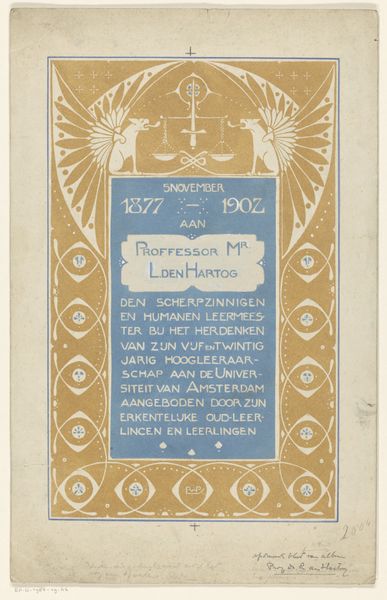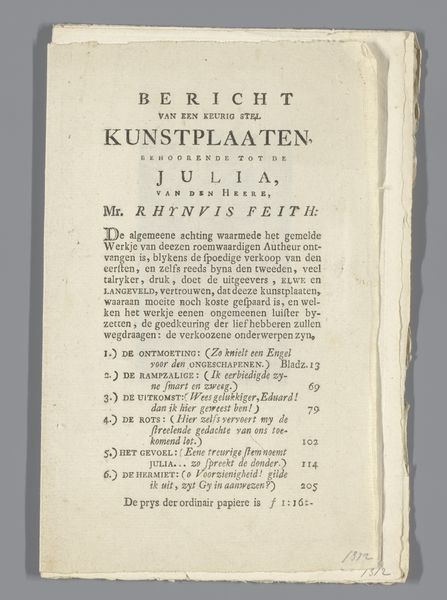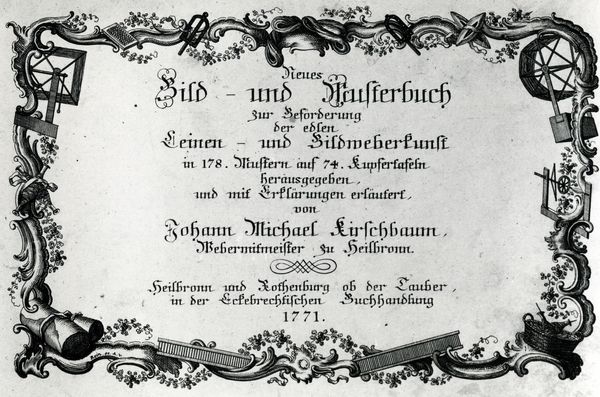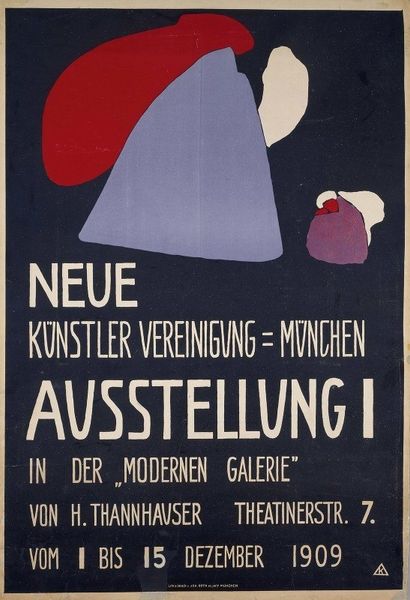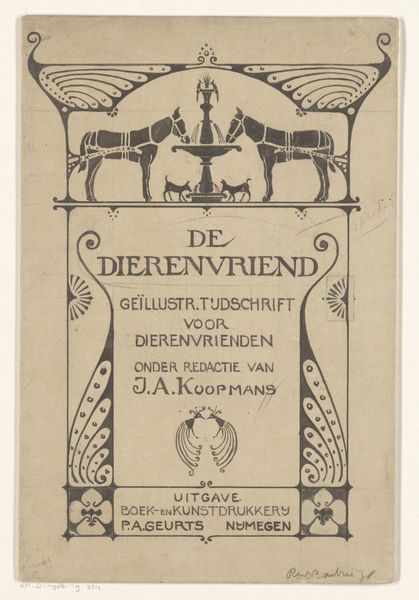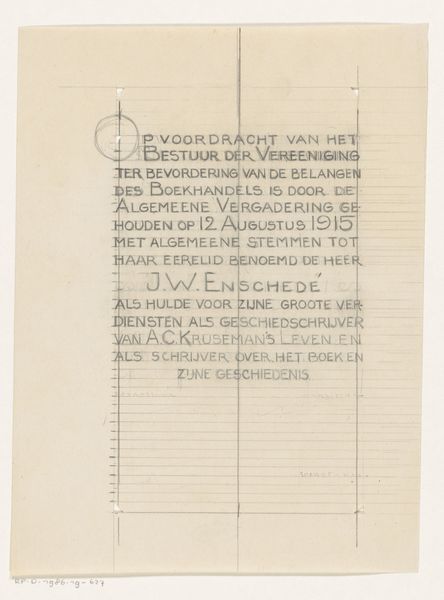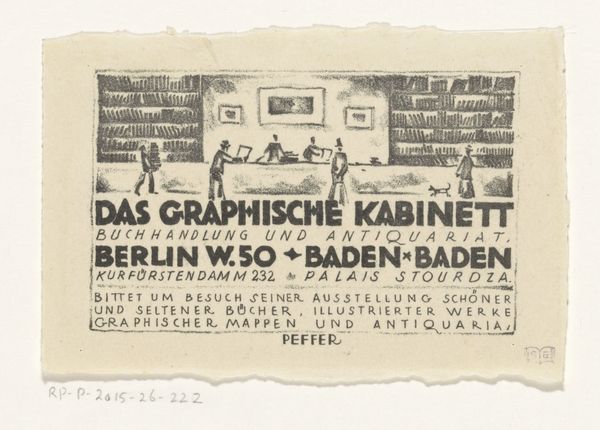
Dimensions: object: 48 x 65 x 65 mm, 0.1 kg
Copyright: © DACS, 2014 | CC-BY-NC-ND 4.0 DEED, Photo: Tate
Curator: My first impression is... well, it's unsettling. The tarnished can and blunt title create a sense of unease. Editor: This is Piero Manzoni's "Artist's Shit," created in 1961. The label declares the contents to be 30 grams of the artist's own feces, preserved naturally. Curator: "Artist's Shit"... The title is so provocative. Feces as a symbolic gesture? Is he suggesting the artist's creative output is essentially worthless, or is he challenging our very definition of artistic value? Editor: Consider also the materials: a mass-produced tin can, a mundane object transformed into something ‘precious’ by its association with the artist's body and signature. The means of production are commenting on art's commodification. Curator: Absolutely. It also mocks the art world's fetish for authenticity and the artist's touch. By filling a tin can, he suggests anyone can produce 'art,' deconstructing the aura of the artist. Editor: It’s a critique of the art market itself, and the inflated prices. Manzoni was making a statement about the relationship between art, commodity, and the human body. Curator: It is also about taboo and the abject, prompting questions about what we deem worthy of aesthetic contemplation. Editor: Indeed, it's a lasting provocation, prompting us to re-examine our assumptions about art, value, and the creative process.
Comments
Join the conversation
Join millions of artists and users on Artera today and experience the ultimate creative platform.
tate 6 months ago
⋮
In May 1961, while he was living in Milan, Piero Manzoni produced ninety cans of Artist's Shit. Each was numbered on the lid 001 to 090. Tate's work is number 004. A label on each can, printed in Italian, English, French and German, identified the contents as '"Artist's Shit", contents 30gr net freshly preserved, produced and tinned in May 1961.' In December 1961 Manzoni wrote in a letter to the artist Ben Vautier: 'I should like all artists to sell their fingerprints, or else stage competitions to see who can draw the longest line or sell their shit in tins. The fingerprint is the only sign of the personality that can be accepted: if collectors want something intimate, really personal to the artist, there's the artist's own shit, that is really his.' (Letter reprinted in Battino and Palazzoli p.144.) It is not known exactly how many cans of Artist's Shit were sold within Manzoni's lifetime, but a receipt dated 23 August 1962 certifies that Manzoni sold one to Alberto Lùcia for 30 grams of 18-carat gold (reproduced in Battino and Palazzoli p.154). Manzoni's decision to value his excrement on a par with the price of gold made clear reference to the tradition of the artist as alchemist already forged by Marcel Duchamp and Yves Klein among others. As the artist and critic Jon Thompson has written: Manzoni's critical and metaphorical reification of the artist's body, its processes and products, pointed the way towards an understanding of the persona of the artist and the product of the artist's body as a consumable object. The Merda d'artista, the artist's shit, dried naturally and canned 'with no added preservatives', was the perfect metaphor for the bodied and disembodied nature of artistic labour: the work of art as fully incorporated raw material, and its violent expulsion as commodity. Manzoni understood the creative act as part of the cycle of consumption: as a constant reprocessing, packaging, marketing, consuming, reprocessing, packaging, ad infinitum. (Piero Manzoni, 1998, p.45) Artist's Shit was made at a time when Manzoni was producing a variety of works involving the fetishisation and commodification of his own body substances. These included marking eggs with his thumbprints before eating them, and selling balloons filled with his own breath (see Tate T07589). Of these works, the cans of Artist's Shit have become the most notorious, in part because of a lingering uncertainty about whether they do indeed contain Manzoni's faeces. At times when Manzoni's reputation has seen the market value of these works increase, such uncertainties have imbued them with an additional level of irony. Further Reading: Germano Celant, Piero Manzoni, New York 1972Freddy Battino and Luca Palazzoli, Piero Manzoni: Catalogue raisonné, Milan 1991, pp.123-8, 472-5, catalogue no. 1053/4, reproduced p.472 Piero Manzoni, exhibition catalogue, Serpentine Gallery, London 1998, reproduced pp.201-6 in colour Sophie HowarthNovember 2000



